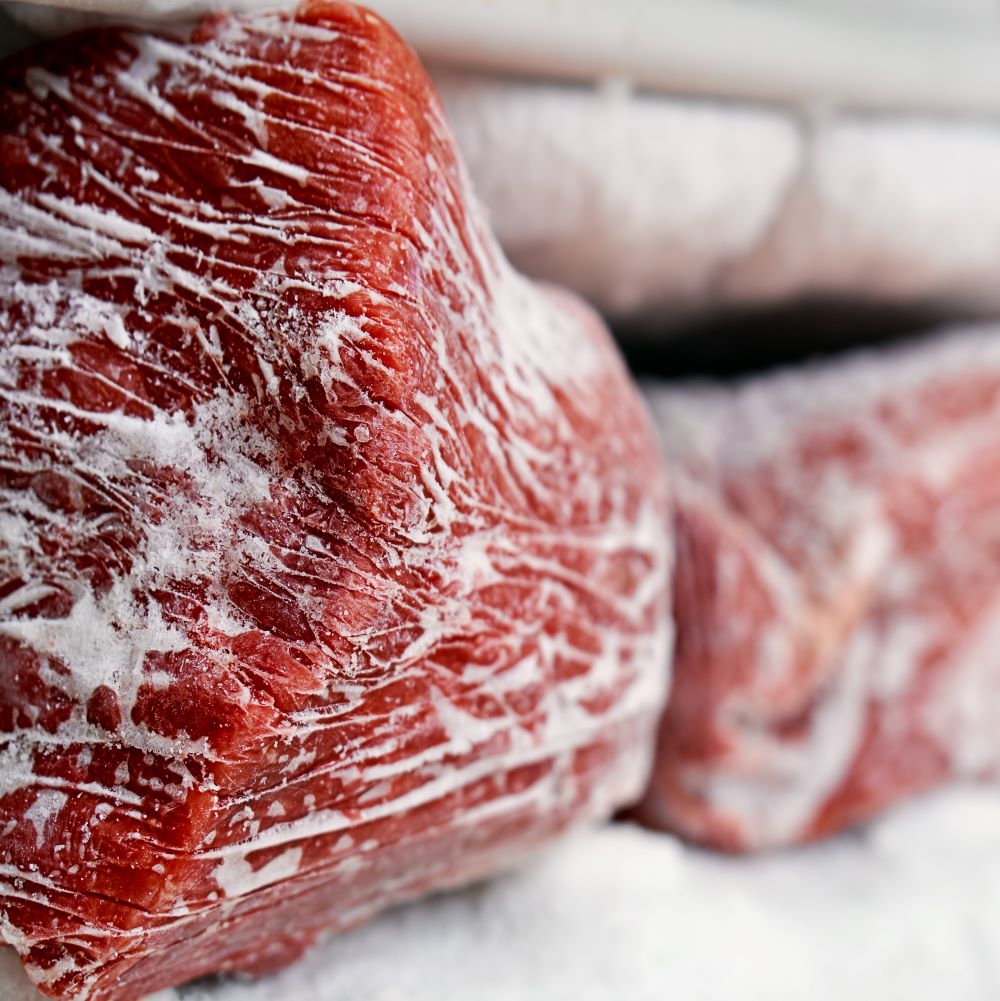
processing
5 Frequently Asked Questions of Meat Processing
Posted under: processing, hints & tips, getting started

Posted under: processing, hints & tips, getting started
There’s nothing like serving up a plate of sausages or burgers and knowing absolutely everything in that meat is something you wanted in the mix. That’s what we all aspire to, sure. There are, however, some finer points or questions where you might need some answers.
That’s where we come in. Our company was founded on a simple goal, help simplify game processing for the average hunter, so let’s answer the most commonly debated questions around meat processing. When we’re finished you can cross these five off your list of excuses not to get started.
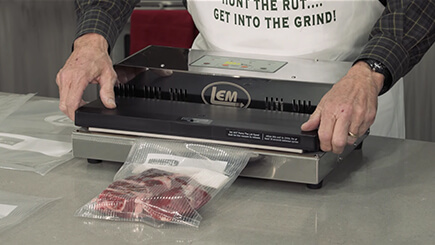 You’ve processed that deer into a tasty pile of burgers, steaks, sausage, and jerky, and you want to know how quickly you need to eat it all. We’ve included durations for both refrigeration and freezing, but we’ve also assumed that you properly prepared and vacuum sealed your venison. Maybe you vacuum sealed using something like our MaxVac 1000 Vacuum Sealer. If you didn’t, you might want to consider it. Vacuum sealers extend the freshness and freezer life of your foods by protecting them from freezer burn and sealing in the nutrients.
You’ve processed that deer into a tasty pile of burgers, steaks, sausage, and jerky, and you want to know how quickly you need to eat it all. We’ve included durations for both refrigeration and freezing, but we’ve also assumed that you properly prepared and vacuum sealed your venison. Maybe you vacuum sealed using something like our MaxVac 1000 Vacuum Sealer. If you didn’t, you might want to consider it. Vacuum sealers extend the freshness and freezer life of your foods by protecting them from freezer burn and sealing in the nutrients.
For whole pieces of meat like steaks and roasts, you’ve got 3-5 days of freshness if you refrigerate. If frozen, that extends to 9-12 months. Some say that frozen venison will keep in your freezer for up to 2 years.
Ground meat and sausages will keep well 1-2 days in the refrigerator and 2-3 months in the freezer.
Smoked sausages will last 2-3 months in the refrigerator and 5-6 months in the freezer.
Jerky can be stored in a cool, dry place at room temperature for up to a month, in a refrigerator for up to 6 months, and in the freezer for up to a year.
Always defrost your venison in the fridge - allow at least 12 hours for best defrosting result.
There are a lot of variables that go into answering that question, beginning with the specifics of your kill.. Where you hit the deer, how quickly you recover it, and most importantly, the ambient temperature will directly affect how the meat tastes. The best tasting venison comes from clean shots. However, if the deer didn’t fall where you shot it, as long as the temperature is in the 30’s or lower, you have a few hours after the deer dies to get it opened up and cooled down. If the temperature is in the 40’s or higher, you seek to recover that deer within a couple hours. And conversely, when the temperature is in the teens, you can let it lay overnight if you hit it at dusk.
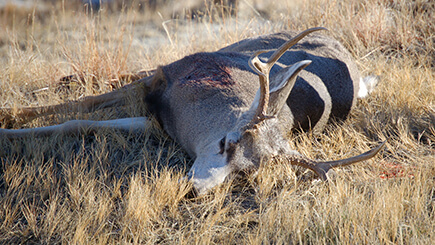 Once you’ve recovered the carcass, you want to field dress (or gut) the deer as soon as you can. This starts the cooling process and gets the offals away from the meat – this will also lighten your load for transport, as the blood and gut pile can be 20% of the deer’s weight. For more details on field dressing and meat processing best practices, check out this blog post.
Once you’ve recovered the carcass, you want to field dress (or gut) the deer as soon as you can. This starts the cooling process and gets the offals away from the meat – this will also lighten your load for transport, as the blood and gut pile can be 20% of the deer’s weight. For more details on field dressing and meat processing best practices, check out this blog post.
Get the carcass hung somewhere cool the day you kill the deer (40°F or less.) We don’t recommend you freeze before processing, as freezing the carcass before rigor may toughen the meat. If you’re aging your deer, let it hang at 40°F or less for 2-3 days.
Process and pack your deer within 24 hours of completing the aging process.
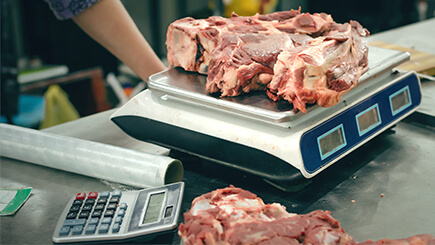 Expect just under half of a deer’s field-dressed weight to be lean, boneless meat. Of course, the weight of your deer depends on your patience, your skill, and where you hunt. How much of that lean, boneless meat you get from a carcass also depends on your skill as a butcher and game processor.
Expect just under half of a deer’s field-dressed weight to be lean, boneless meat. Of course, the weight of your deer depends on your patience, your skill, and where you hunt. How much of that lean, boneless meat you get from a carcass also depends on your skill as a butcher and game processor.
To calculate carcass weight, divide the field-dressed weight by 1.331. An ideal boneless venison yield from that carcass would be 67% of that weight, (or the carcass weight multiplied by .67.) However, a more realistic yield is close to 70% of the ideal, (or the ideal boneless venison weight multiplied by .70).
As an example, if you take a doe that weighs 100 pounds field-dressed, expect the carcass to weigh 82 lbs. An ideal venison yield would be 55 lbs, but the realistic meat yield is actually 39 lbs.
After you’ve field-dressed, transported, and then skinned your deer, you want to keep the carcass hung up, cool, and out of direct sunlight. How you store your deer between kill and processing will make a big difference in how it tastes when you put it on the table. It should be hung in a cool, dry place, with a constant temperature of less than 40°F, ideally between 34-37°F. A rope hoist and collapsible gambrel can be a big help when lifting and hanging a deer carcass.
There’s more than one way to to cook a deer, which is why we’ve included some guidelines for how to use the different parts and what those parts are called, along with a couple of recipe ideas. What you do from here is limited only by your tools and your imagination.
Meat cut from the lower neck/shoulder area, typically used for roasts or stews.
A thick cut of meat from close to the spine, usually including a rib (or part of one).
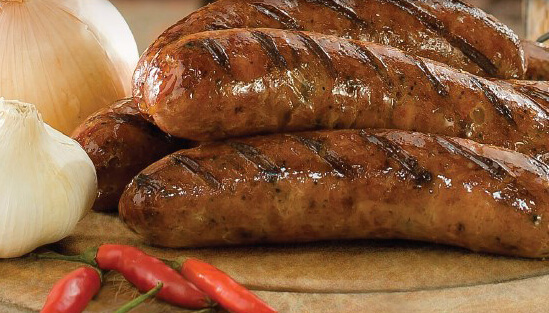
Taken from the lower belly area, this cut is often used for steaks or ground meat. We’d suggest burgers or sausage, maybe even Backwoods Chipotle Bourbon Sausage.
Experienced hunters know this is one of the tastiest parts of the deer.
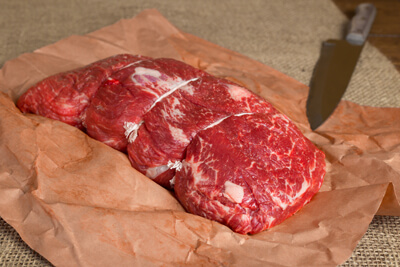
These muscles run up either side of the spine, and are used the least during a deer’s life, giving them a tender, exquisite quality. Since most backstraps are used for steak - they’re good on the grill or lightly seasoned in a skillet. You might also try them on the rotisserie.
Taken from the legs, the Osso Bucco is known for flavorful meat around a bone with a hole in it. Best braised.
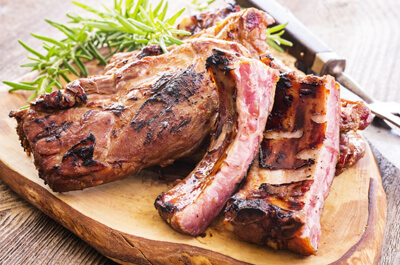
Found between the ribs of the animals, these muscles are incredibly tasty. Try yours honey bbq style.
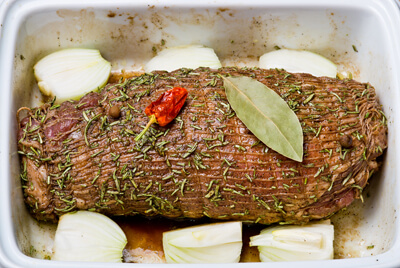
Large cuts of meat taken from the deer’s rump or hindquarters. Can be divided into smaller cuts of meat and used like beef tips, or roasted/slow-cooked whole. We like ours marinated with mesquite or hickory marinade.
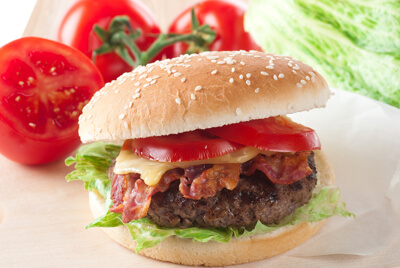
A thick disc of meat usually obtained from the hindquarters or haunches. Can be ground and used in burgers.
These are tendon-strung muscles from the lower legs or shins. Should be de-boned and cubed. Best cooked slowly in soups, stews or as ground meat.
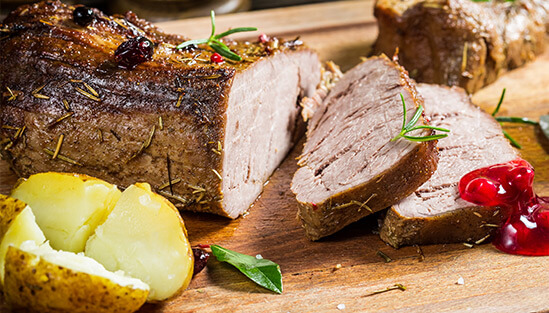
Meat from the shoulder is often used in roasts or as ground meat.
A band of muscle between the hock and rump roasts on the rear part of the back leg. Cook these like you’d cook any steak, on the grill with seasonings of your choice.
Stew Meat / Stew Chunks: Small cuts from the lower neck/shoulder area. Generally tough, these are usually diced, seasoned, and slow-cooked.
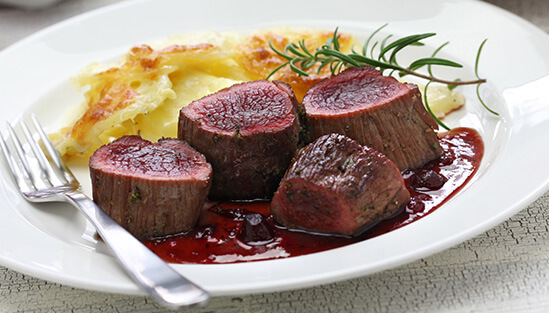
Another exceptionally tender cut. Best cooked quickly at rare or medium-rare. Makes great steaks or pan-seared medallions.